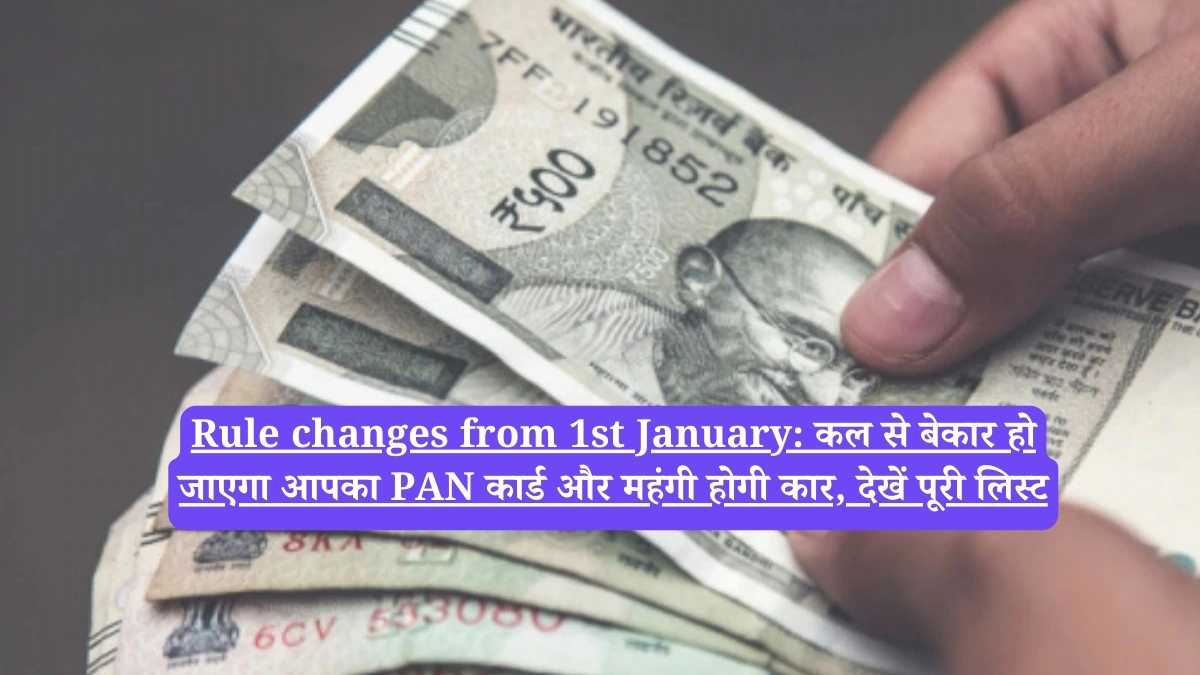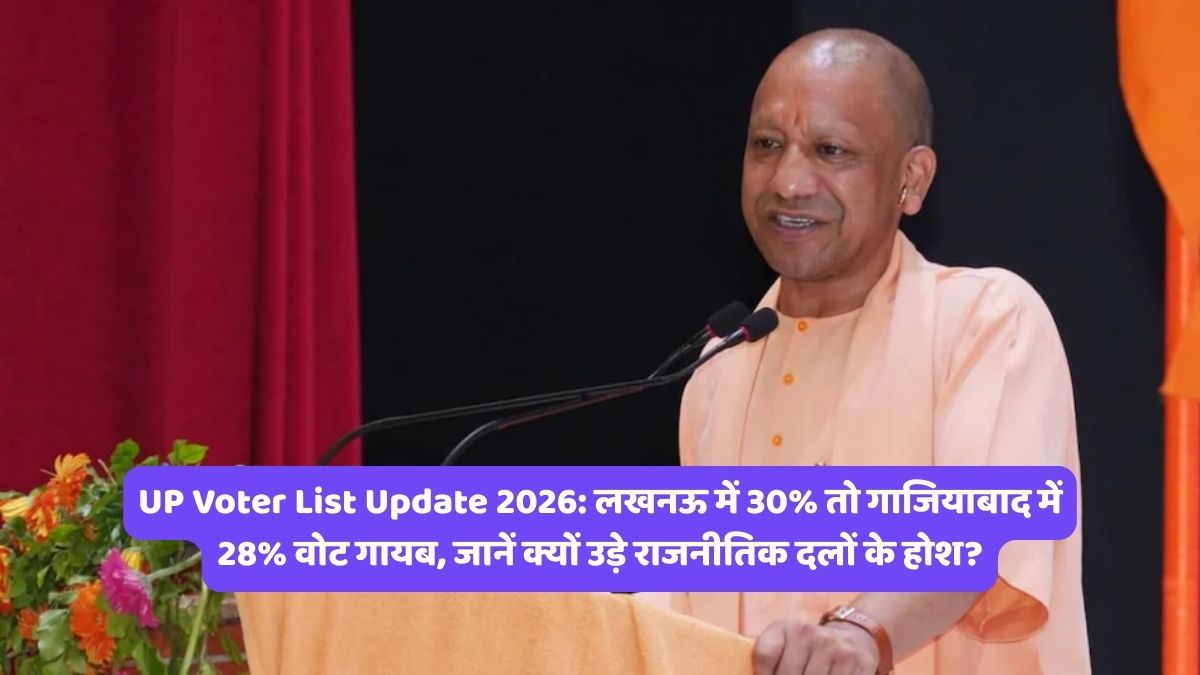Join WhatsApp
Join NowNew GST rates India: In the most significant transformation of India’s indirect tax regime since its historic launch in 2017, the nation is on the brink of a massive GST overhaul. Beginning this Monday, September 22, 2025, the complex multi-tiered Goods and Services Tax (GST) structure will be dismantled and replaced with a simplified, streamlined two-slab system. This landmark reform, born from the recommendations of the 56th GST Council meeting, is set to redefine the financial landscape for every citizen and business in the country.
The ambitious move, championed by Union Finance Minister Nirmala Sitharaman, aims to bring unprecedented simplicity and transparency to one of the world’s most complex tax systems. The era of the confusing four-slab structure (5%, 12%, 18%, and 28%) is officially over. From now on, the vast majority of goods and services will fall under just two clear categories: 5% or 18%.
The New Reality: Deconstructing the GST 2.0 Slabs
This revolutionary simplification is designed to ease the burden on both consumers and businesses. Here’s a breakdown of what the new tax structure looks like:
- The Essential Slab (5%): This lower rate is expected to cover essential goods and services, providing direct relief to households across the nation and keeping the cost of daily necessities in check.
- The Standard Slab (18%): This will be the default rate for the majority of goods and services, creating a uniform tax environment that promises to simplify trade and commerce dramatically.
- The ‘Sin and Luxury’ Categories: While simplicity is the goal, the government is not going soft on non-essential items.
- Tobacco and related products will continue to be taxed at the highest bracket of 28% plus a cess, maintaining their status as demerit goods.
- A brand-new category for ultra-luxury items has been introduced, which will face a steep 40% GST. This ‘rich tax’ is designed to ensure that those with the highest purchasing power contribute more to the national exchequer.
Why This Monumental Change, and Why Now?
Introduced with the promise of “One Nation, One Tax,” the original GST framework, with its multiple slabs and complex classifications, often led to compliance nightmares for businesses and confusion for consumers. This sweeping reform aims to finally deliver on that initial promise.
For millions of business owners, this overhaul promises to slash the mountain of paperwork, reduce accounting complexities, and bring an end to the confusion that has often surrounded the multi-slab tax structure. For the average Indian, particularly the middle class, this restructuring is intended to bring price stability and potential relief, depending on how various goods are reclassified.
While the overall objective is simplification, specific sectors are watching the transition with caution. Industry bodies, like the association for corrugated box makers, have previously raised concerns about “GST disparity” under the old system and will be closely monitoring how the new, broader slabs affect their raw material and finished goods pricing.
This overhaul represents a pivotal moment in India’s economic journey. As the nation prepares to switch to this new framework on Monday, all eyes are on the government and the markets to see how this historic simplification will reshape the future of Indian commerce.

















